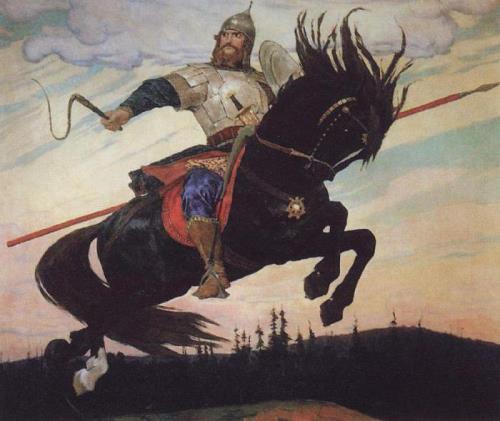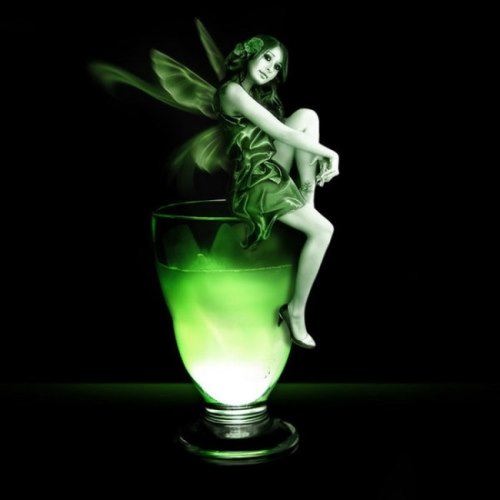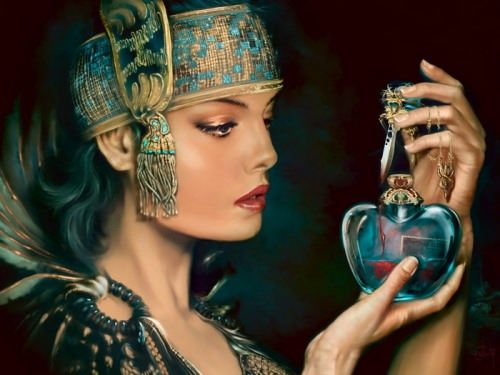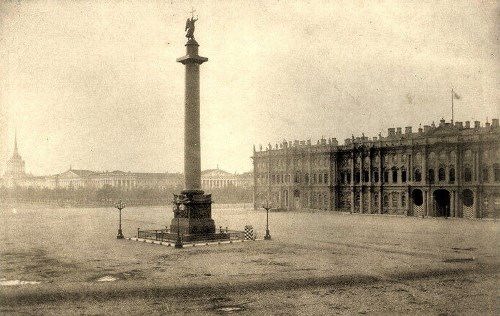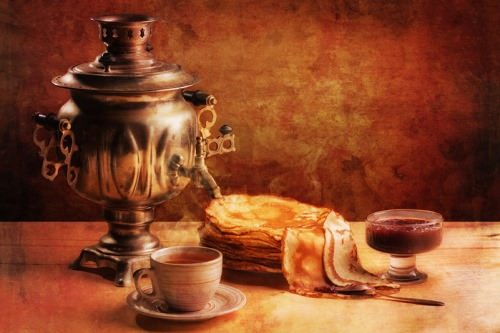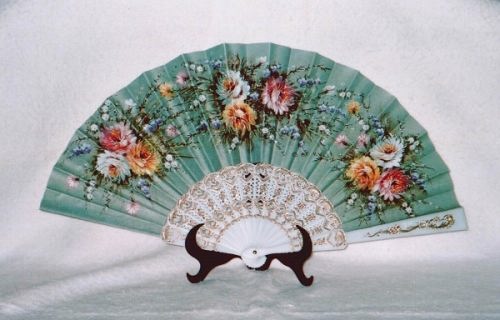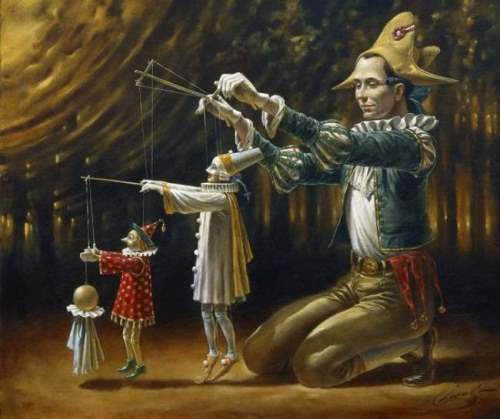Ilya Muromets – Russian bogatyr
Ilya Muromets was a hero of the Russian epic tales, or byliny, a Russian bogatyr. Ilya’s surname is actually an epithet that simply means he came from the city of Murom, not far from Moscow. He was born in the village of Karacharovo and Muromets was used to identify him after he had left his hometown. Ilya was born a cripple and he was too weak to even move. At the age of 33 he was miraculously cured by a group of men, who gave him a drink made of honey. They told Ilya how he should spend his life.
Shortly after his cure, Ilya traveled to Kiev, to offer his services to Prince Vladimir Bright Sun and his wife Evpraksiya. He had his wonderful horse Sivushko, which galloped like the wind and cleared mountains in a single leap.
More »
